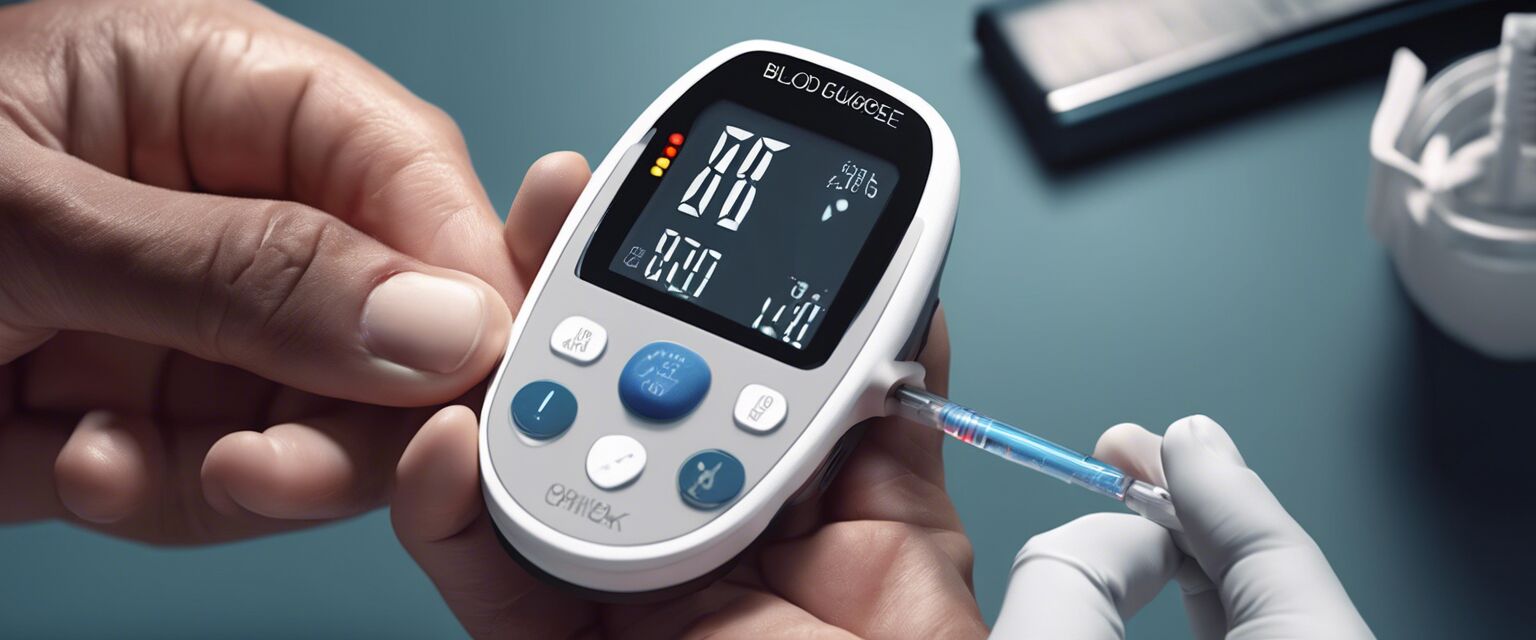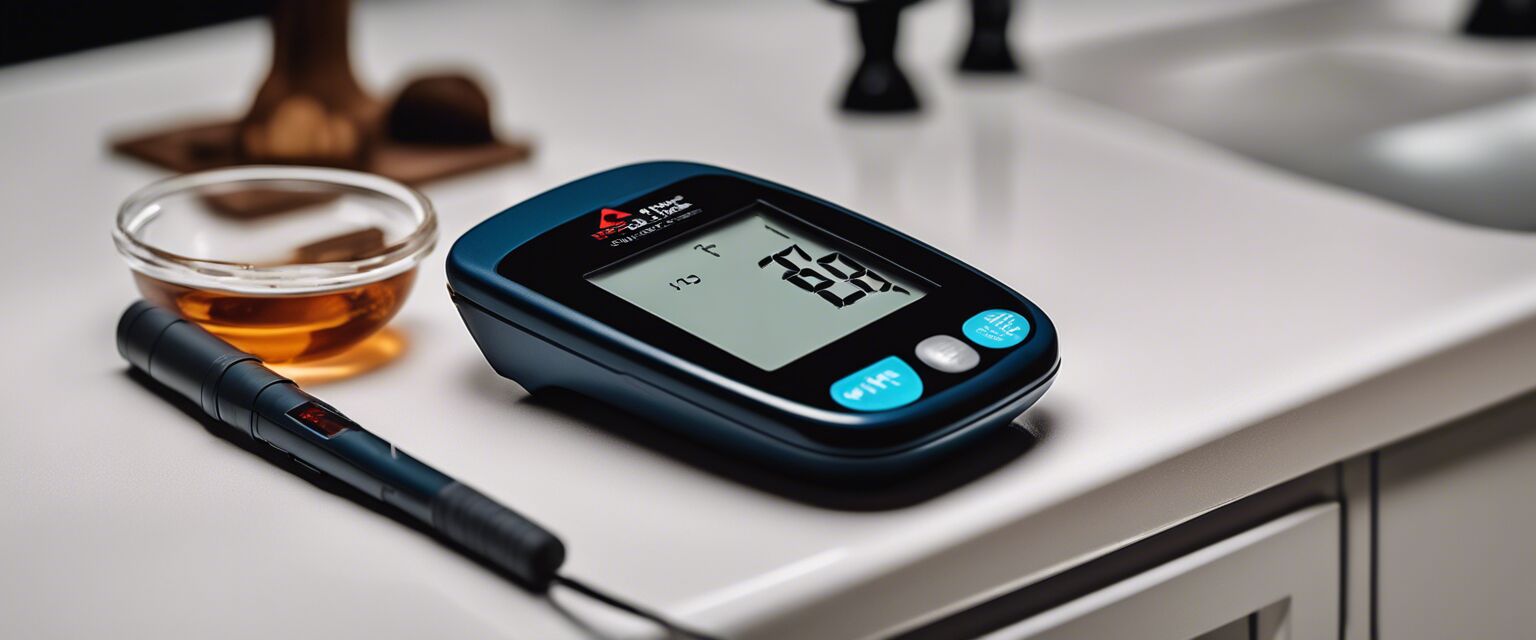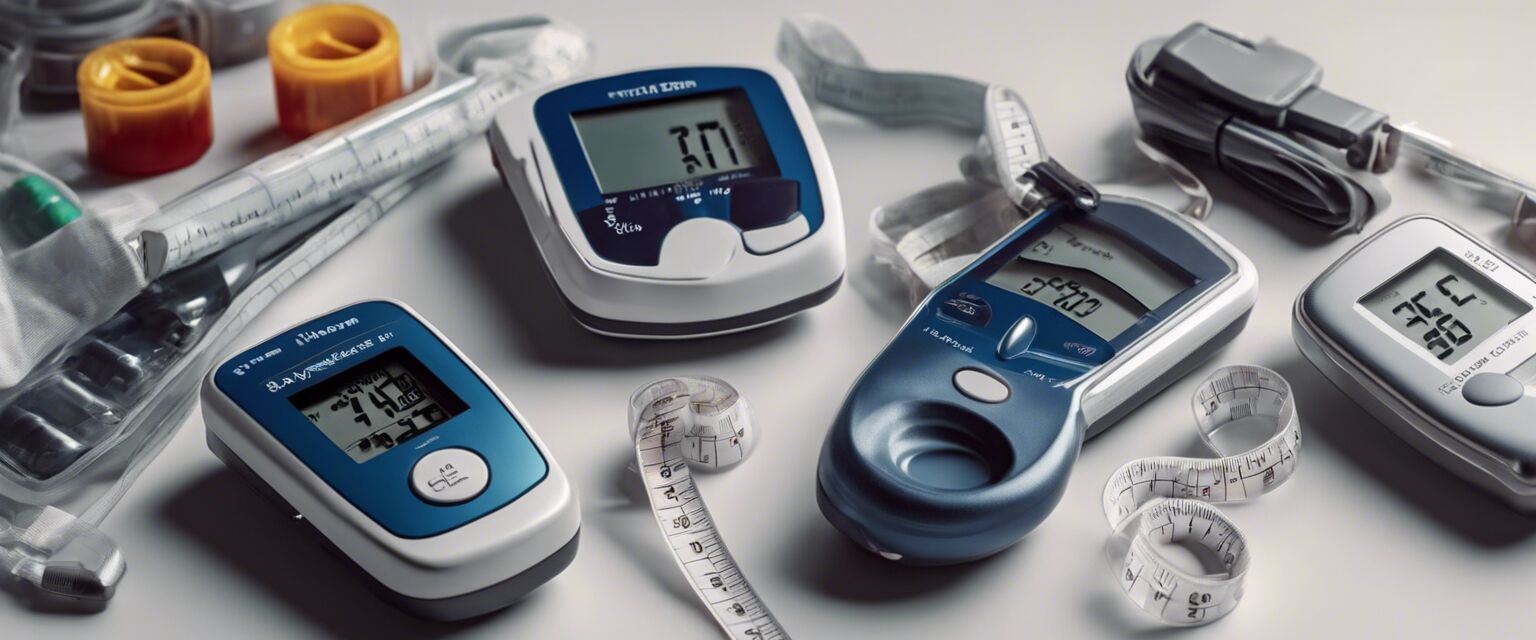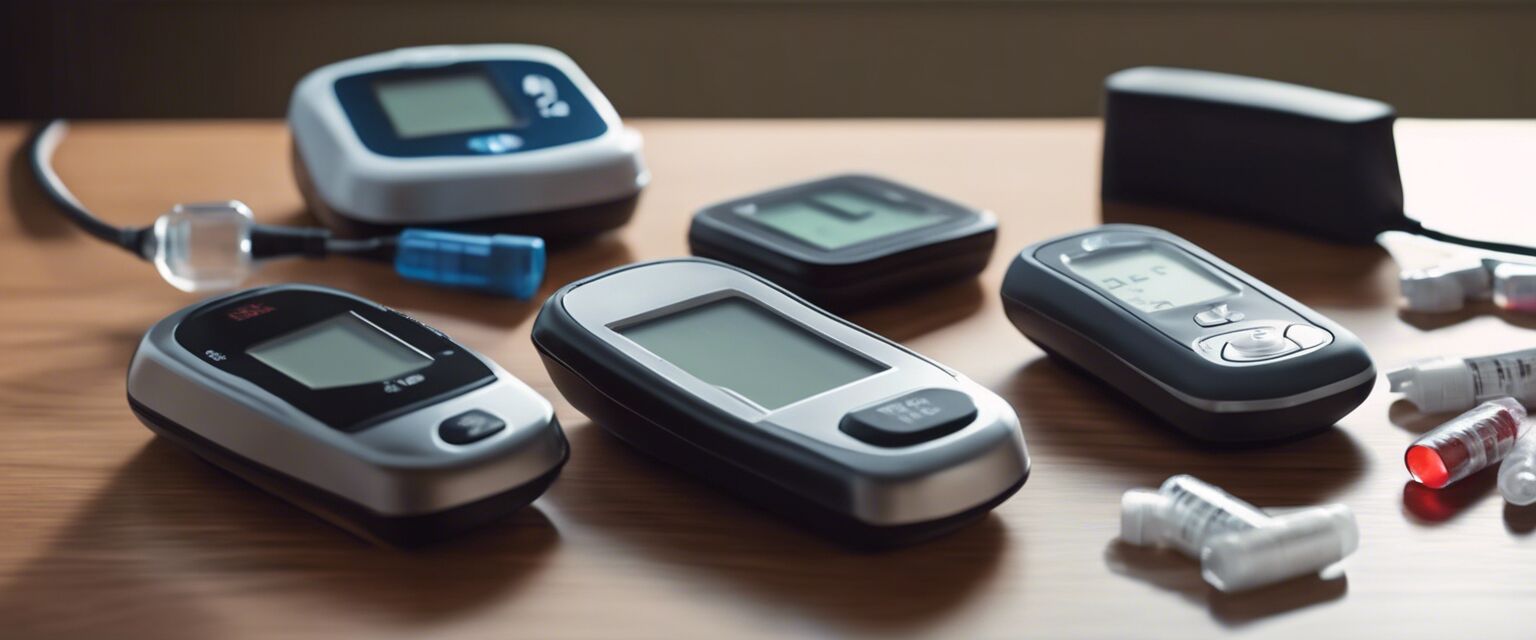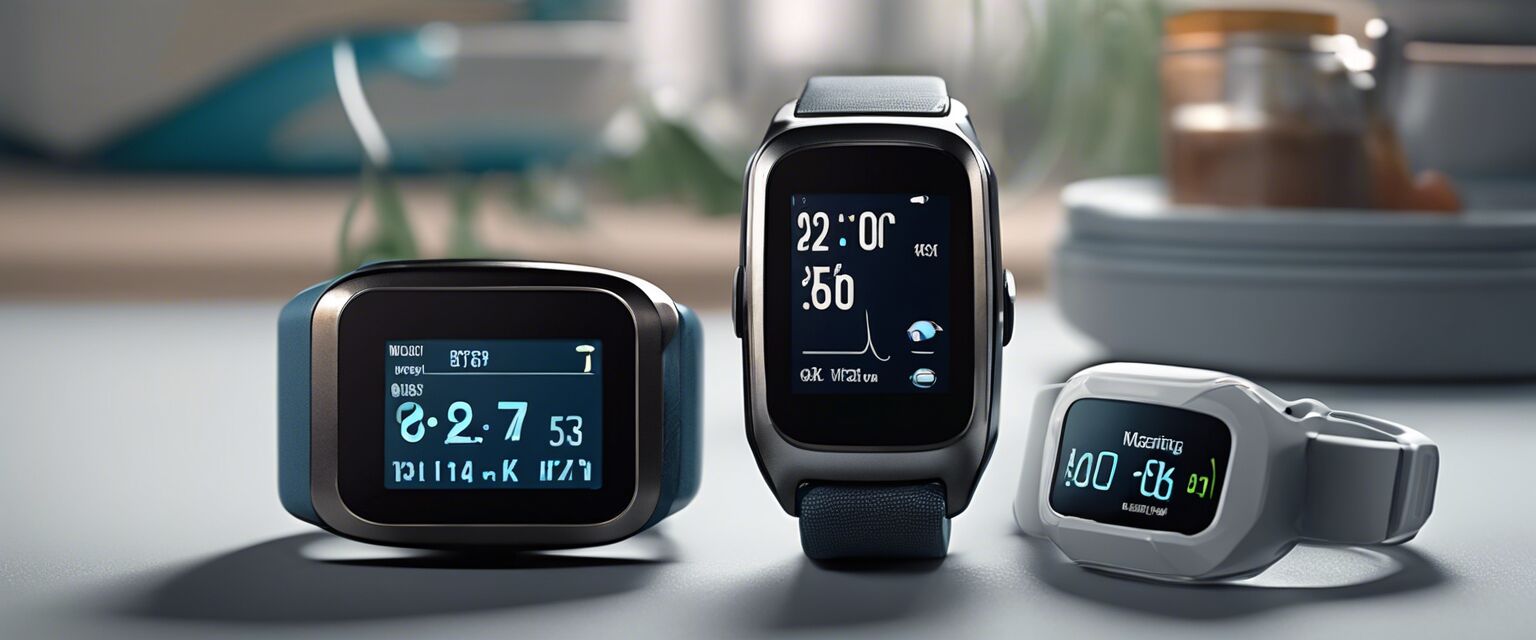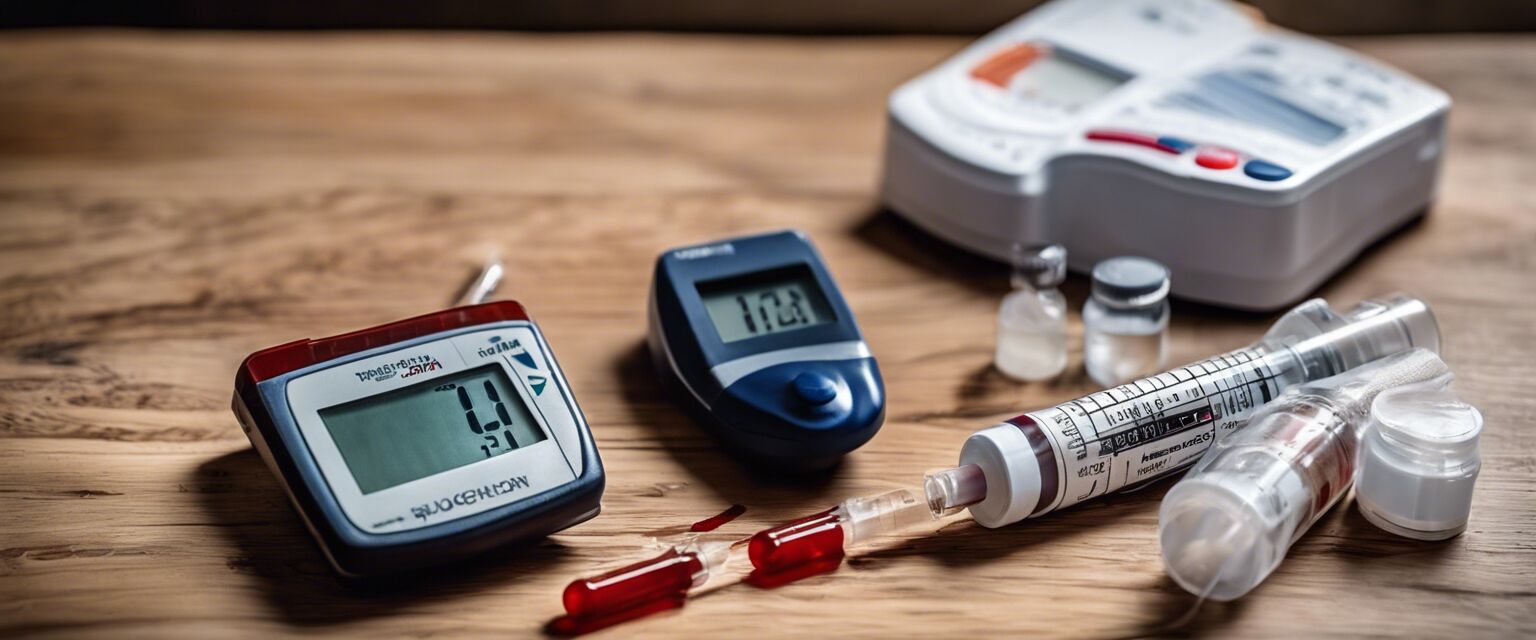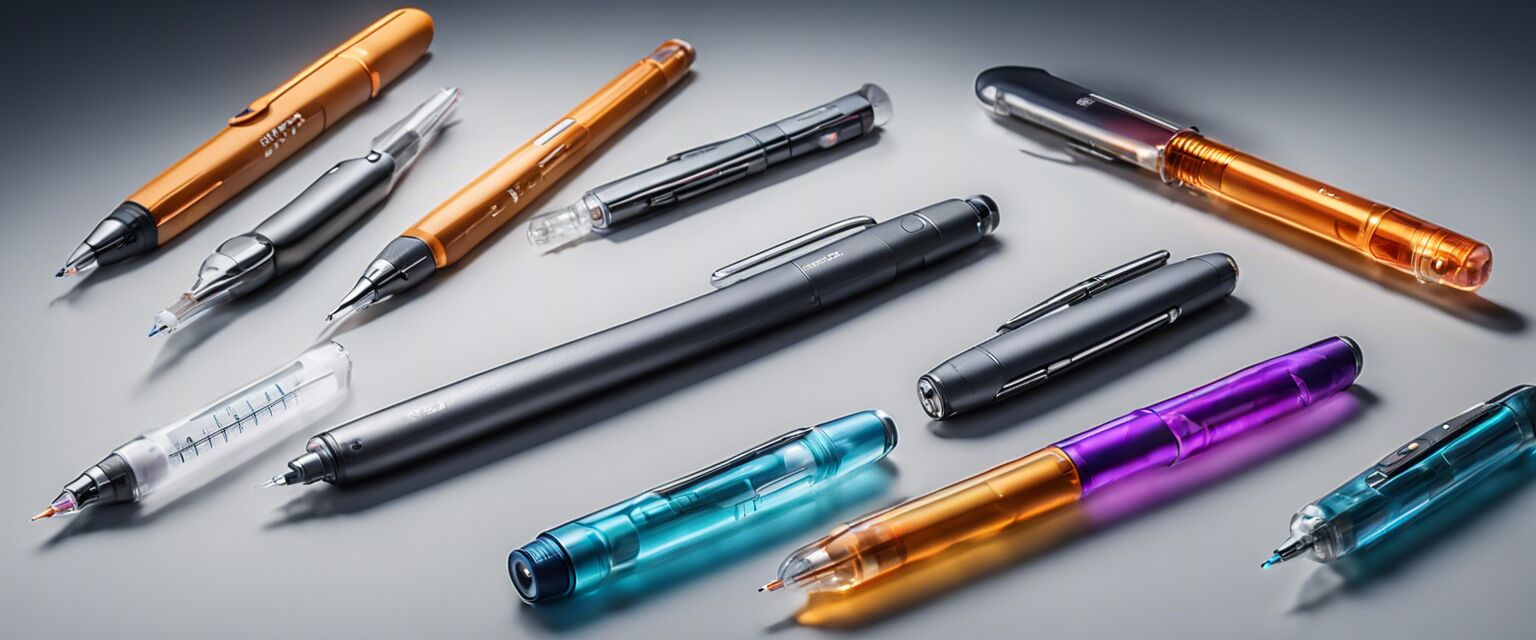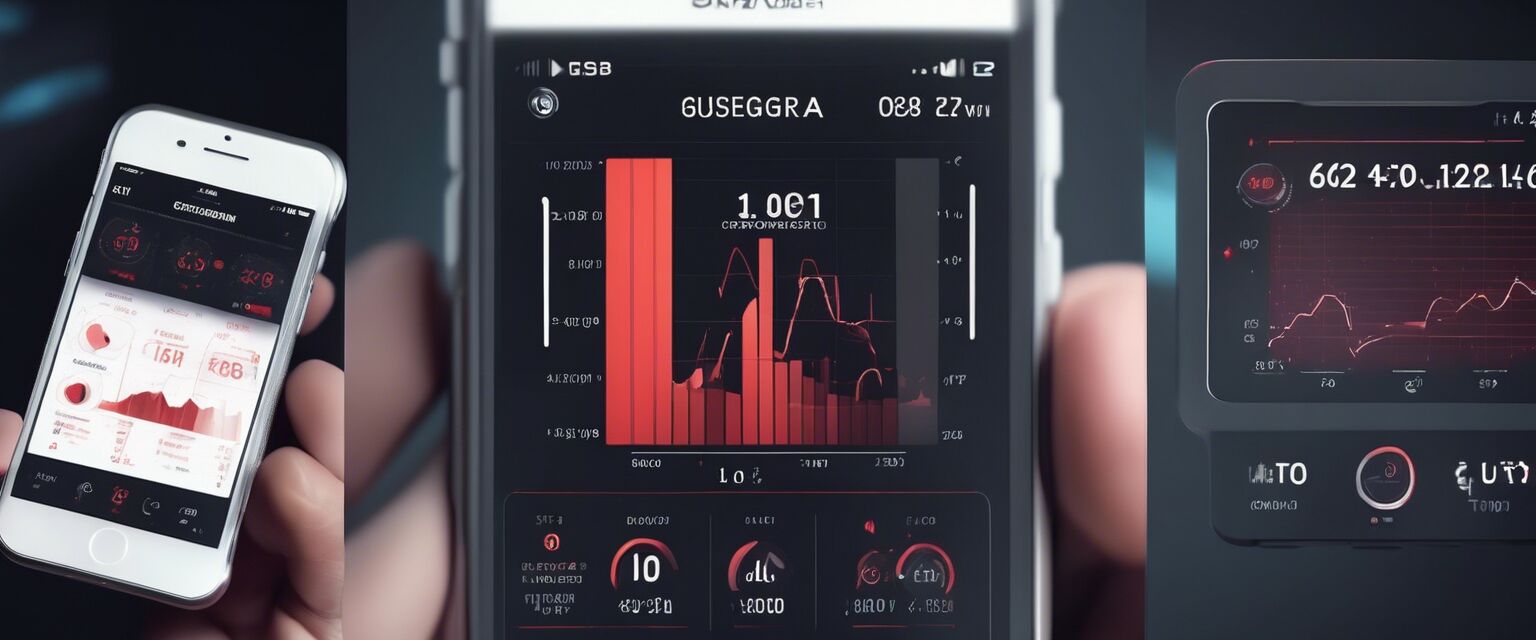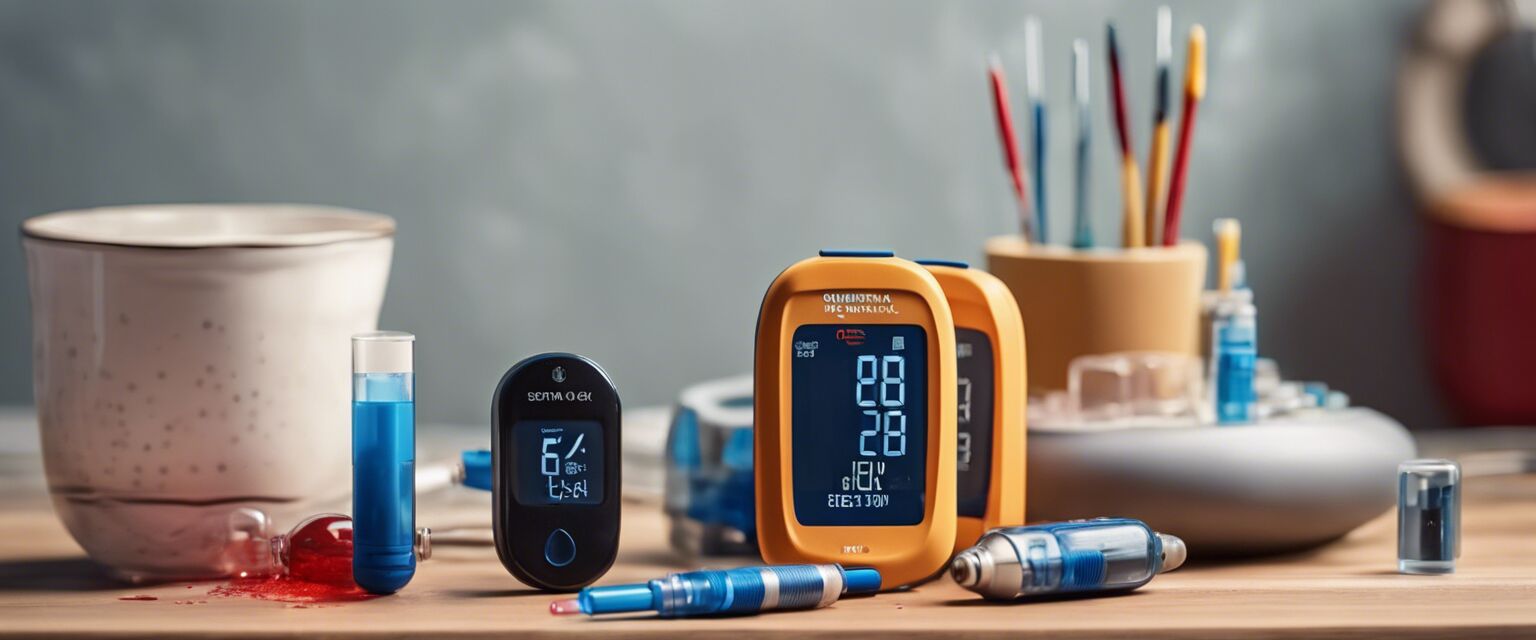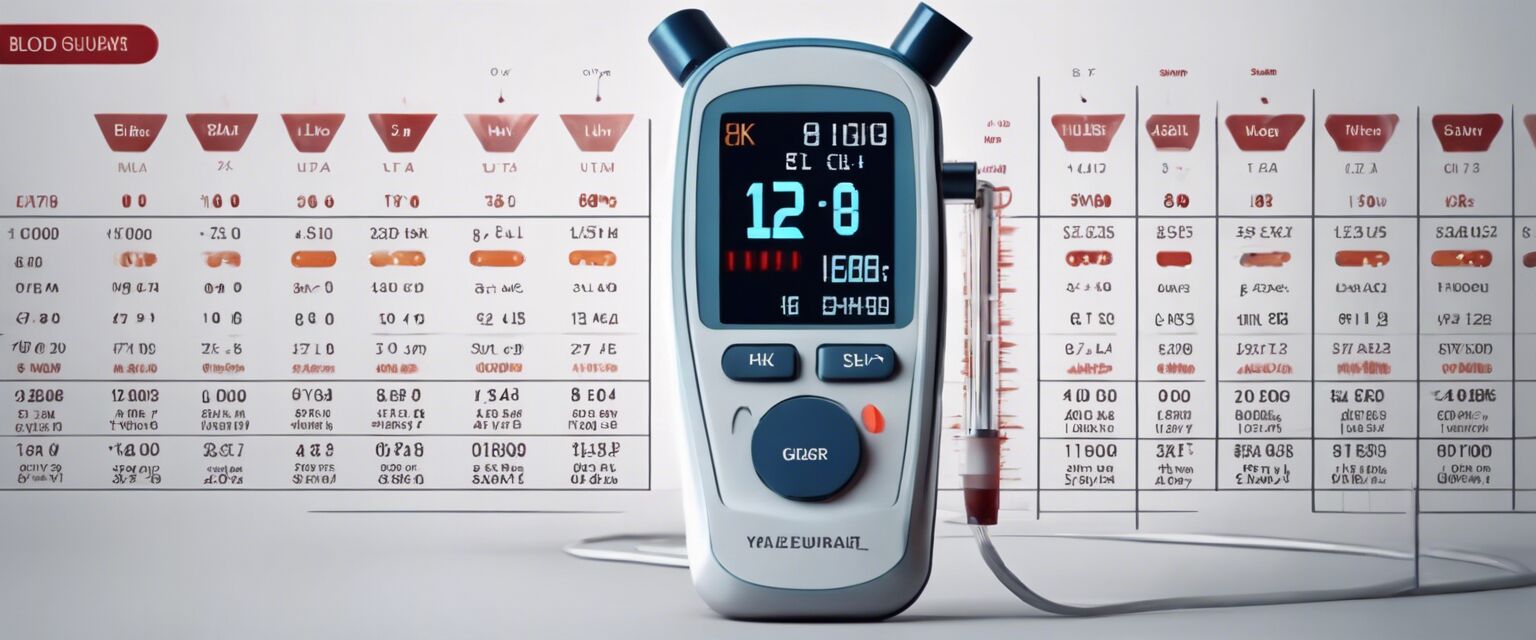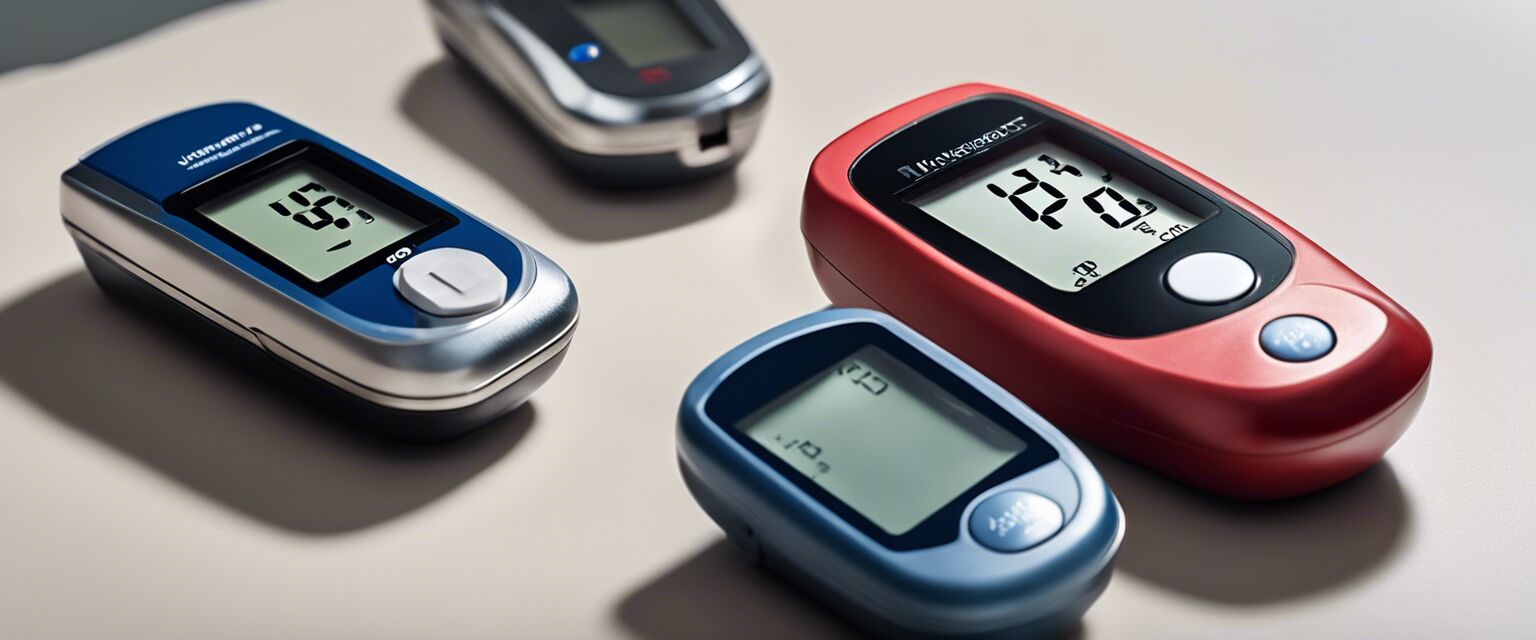
Blood Glucose Meters
Key Takeaways
- Blood glucose meters provide crucial data for diabetes management.
- Choosing the right meter can enhance monitoring accuracy and ease of use.
- Understanding features and functions is essential for effective usage.
Blood glucose meters are essential tools for individuals managing diabetes. They help track blood sugar levels effectively, providing valuable insights for better health management. In this article, we will perform a detailed comparison and review of traditional blood glucose meters, discussing their features, advantages, and considerations to help you make an informed decision.
What are blood glucose meters?
Blood glucose meters are medical devices used to measure the concentration of glucose in the blood. These devices are integral to diabetes management as they allow users to monitor their blood sugar levels regularly. The information gathered can guide dietary choices, medication management, and lifestyle adjustments.
Types of Blood Glucose Meters
There are various types of blood glucose meters available on the market. Below are the primary categories:
| Type | Description |
|---|---|
| Standard Meters | Basic devices that require a blood sample to provide glucose readings. |
| Smart Meters | Advanced devices that sync data to smartphones for tracking and analysis. |
| Continuous Glucose Monitors | Devices that measure glucose levels continuously and send data to a receiver. |
| Portable Glucometers | Compact devices designed for convenient use on the go. |
Features to Consider When Choosing a Blood Glucose Meter
When selecting a blood glucose meter, it is essential to consider several features that can impact your monitoring experience:
- Sample Size: Smaller sample sizes can make testing less painful.
- Test Time: Faster test results can improve convenience.
- Data Storage: Ability to store historical data for better tracking.
- Smart Connectivity: Syncing with mobile apps for easier data management.
- Cost of Test Strips: Ongoing costs can add up, so consider this factor.
Comparison of Traditional Blood Glucose Meters
The following table compares some key features of popular traditional blood glucose meters. This comparison can help you pick the right device that suits your needs.
| Feature | Meter A | Meter B | Meter C |
|---|---|---|---|
| Sample Size | 0.5 µL | 0.6 µL | 0.4 µL |
| Test Time | 5 seconds | 4 seconds | 6 seconds |
| Memory | 300 tests | 500 tests | 200 tests |
| Smart Connectivity | Yes | No | Yes |
| Cost of Test Strips | $0.50 each | $0.75 each | $0.60 each |
Pros and Cons of Blood Glucose Meters
Pros
- Essential for effective diabetes management.
- Provide quick and accurate blood sugar readings.
- Various options to suit different lifestyles and preferences.
- Smart connectivity enhances data tracking and analysis.
Cons
- Some devices can be costly, especially with ongoing strip purchases.
- Pain from finger pricking can be a concern for some users.
- Learning curve for using advanced features and data interpretation.
How to Use a Blood Glucose Meter
Using a blood glucose meter is relatively straightforward. Follow these general steps:
- Wash your hands thoroughly.
- Insert a test strip into the meter.
- Use a lancing device to obtain a blood sample.
- Place the blood on the test strip.
- Wait for the meter to display your blood glucose level.
Tips for Beginners
Tips for Beginners
- Familiarize yourself with your meterâs user manual.
- Keep a log of your readings to spot trends.
- Consult with your healthcare provider for personalized advice.
- Practice using the meter regularly to build confidence.
Conclusion
Choosing the right blood glucose meter is crucial for effectively managing diabetes. By understanding the different types, features, and considerations, you can select a meter that meets your specific needs. For more detailed insights into blood sugar monitoring tools, explore our other categories such as Advanced Health Monitors, Portable Glucometers, and Smartphone-Compatible Monitors.
Further Reading
For additional information on blood glucose monitoring tools, consider checking out:
- Continuous Glucose Monitors
- Painless Glucose Monitors
- Monitor Accessories
- Wearable Blood Sugar Devices
